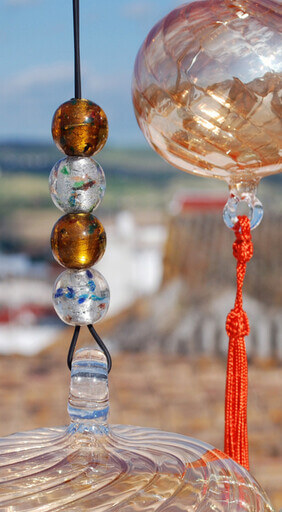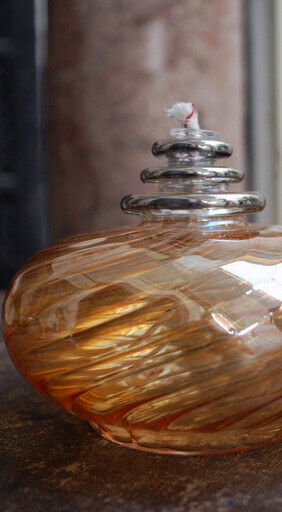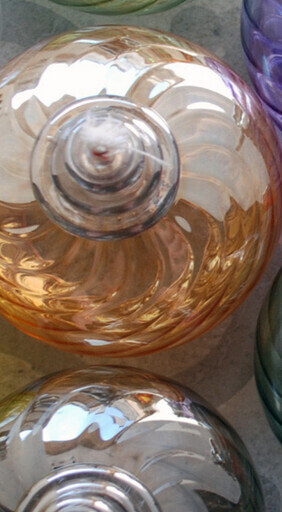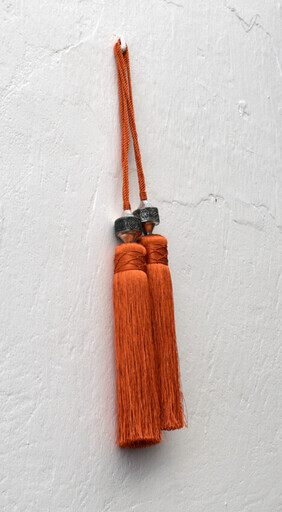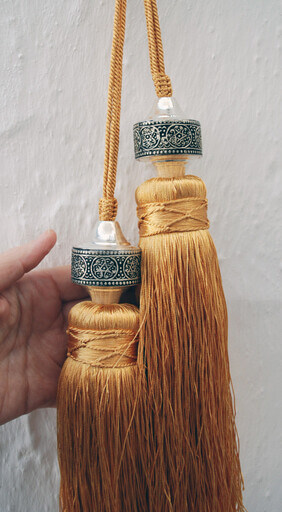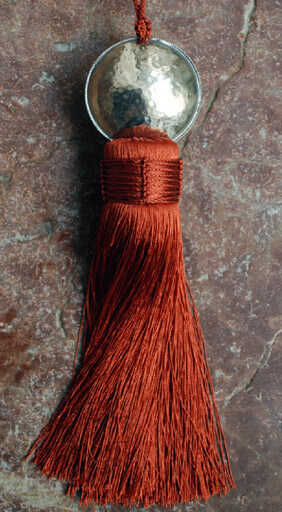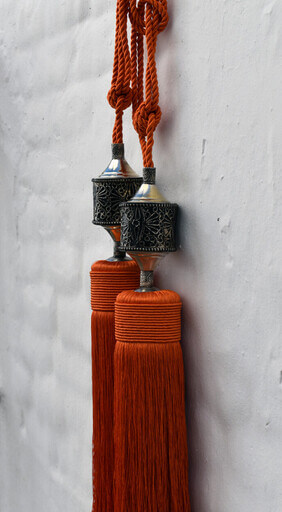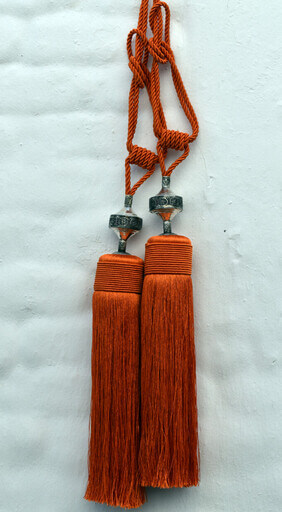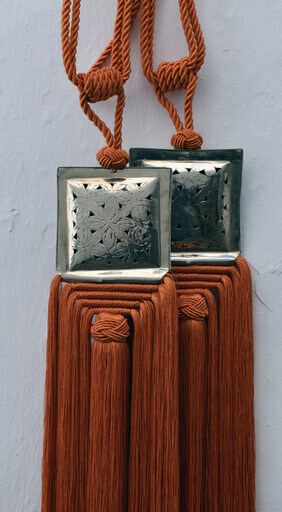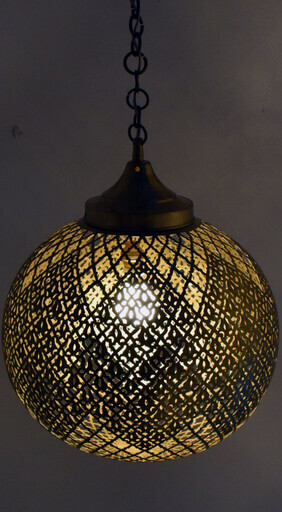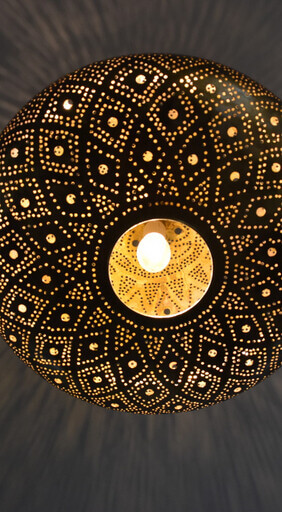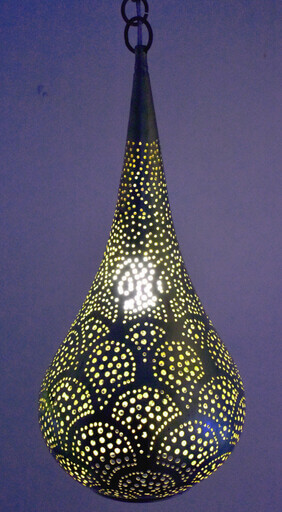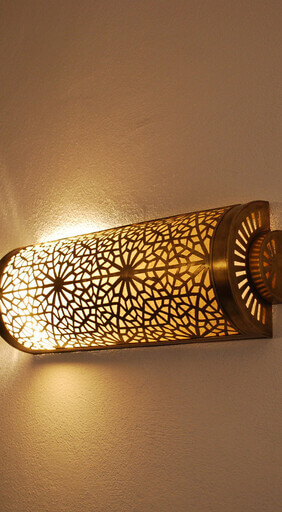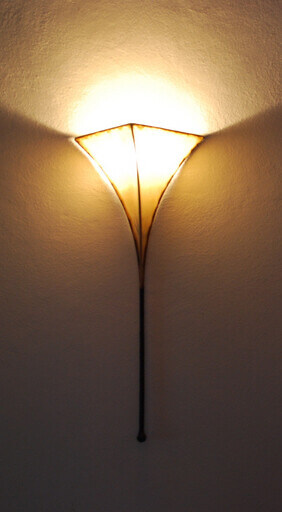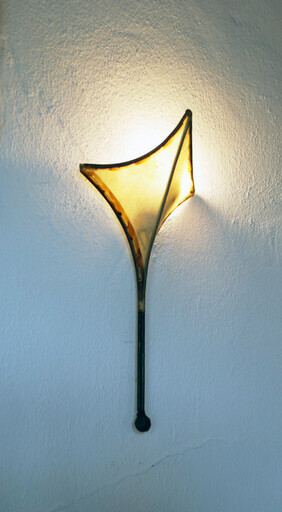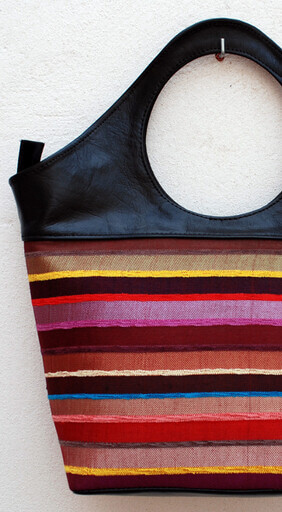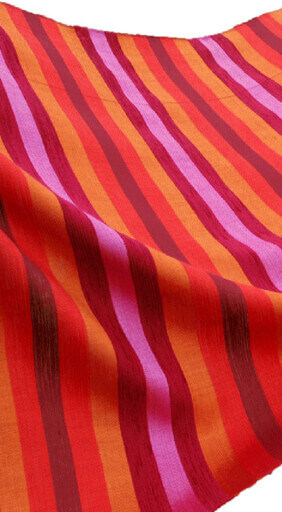
Celebrating the Color Orange
For The Love of Orange!
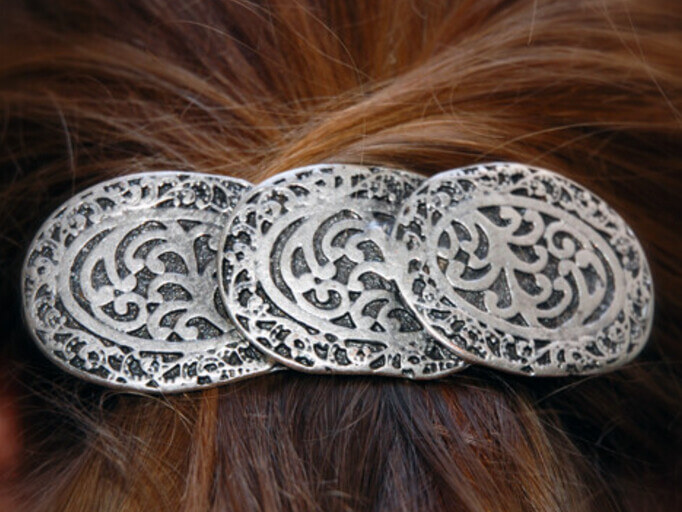
Well, for starters, I´m a redhead. Where I´m from, us redheads have to put up with all sorts, especially the term "ginger", a strange sort of non-insult, but I much prefer the word orange, embracing this joyful orange color in full, instead of being afraid of it. As a kid I had a preference for orange flavored sweets over any other...tictacs, opel fruits, space dust (cannot imagine what is in that stuff!). And now moving into adulthood, I see clients choosing orange over the modernist, and perhaps safer options of taupe, grey, cream (all still beautiful in their own right) and I think hey! This person is bold in their choices and I like that! So this post is about all things orange color, be they juicy oranges or orange tones.
The Vibrancy and Symbolism of the Color Orange

Orange is one of the most dynamic and vibrant hues in the spectrum, from bright orange to earthy shades and all the vibrant shades in-between. Nestled between red and yellow, being a mix of them both, orange is an energetic color renowned for its boldness and warmth. It exudes a visual energy that evokes a range of emotions, from excitement to enthusiasm. This dynamism makes orange a popular choice in a variety of fields, from design and fashion to marketing and art. At Andaluchic, we too embrace this wonderful color, nestled amongst our tassel collections!
The Origin of the Word Orange

You know how we call oranges "orange"? Well, that word has had an interesting linguistic journey! Medieval English took the name from the Old French and Anglo-Norman word "orenge." The first time "orange" is known to have appeared in English was in the 13th century, talking about the fruit. But it wasn't until the 16th Century, in 1502, that it got used as a color name in English, describing a dress for Margaret Tudor. Old French took it from the Italian "melarancio," which means "fruit of the orange tree" ("mela" means "fruit"), and turned it into "pume orenge."
Going even further back in time, the origin of the word is thought to have come from a Dravidian language like Tamil "நாரம் nāram," Telugu "నారింజ nāriṃja," or Malayalam "നാരങ്ങ nāraŋŋa," through the Sanskrit "नारङ्ग nāraṅgaḥ," meaning "orange tree." From there, it was adopted by the Persians as "نارنگ nārang" and Arabic as "نارنج nāranj." Eventually, the Italians and French dropped the first 'n', although some Arabic dialects did it even earlier. Meanwhile, in Spanish the n has stayed put "naranja", perhaps thanks to nearly 800 years of Moorish rule in the Iberian peninsular, where many fruits we take for granted today, like oranges and lemons, were first planted in Europe and are deeply embedded in the culture.
What´s An Orange?

There are basically two kinds of orange citrus fruit: the bitter and the sweet oranges. The bitter oranges are those you’d probably want to use in marmalade or any dish that needs a punch of sharp flavor. These types of oranges can been seen growing along the streets in Andalusian towns in Spain, and in Spring you can breath in the delicious scent of orange blossom that permeates the air. You might be a bit shocked if you tried to tuck into one of these street-side fruits though, being of the bitter orange variety, not the sweet! It's thought that bitter oranges came from southern China, north-eastern India and parts of south-eastern Asia, very probably from a mandarin and pomelo mix.
Sweet oranges, unlike their bitter cousins, are an entirely man-made fruit – being a cross between a not-so-pure mandarin and a hybrid pomelo. All those sweet oranges we know today can trace their roots back to this hybrid.
The Journey of the Orange
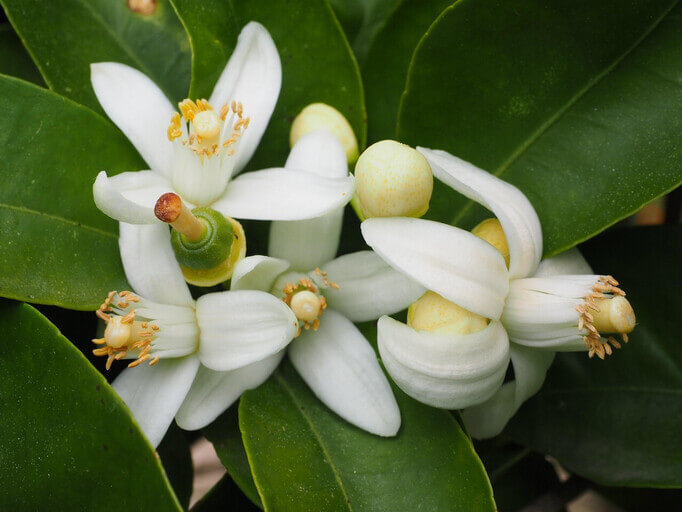
So how did oranges arrive in Europe? Back in 711 AD, when the Islamic Moors crossed from northern Africa into the Iberian Peninsula, they were all about conquests and, yes, oranges. They brought with them scientific knowledge, including new maths ideas like algebra and geometry and curious notions of cleanliness, including regular bathing, perfumes, teeth brushing and deodorant! With that came the bitter orange and some ingenious irrigation techniques to help grow them and many other fruits and vegetables as yet unknown in Europe. They introduced citrus fruits to Sicily in the 9th century, but sweet oranges didn’t show up there until the late 15th century, when either Italian traders or Portuguese explorers introduced them. Before then, citrus fruits were mostly used medicinally in Europe, but the sweet orange caught on quickly as a very fancy fruit. They became so sought after that the wealthy started growing them in special garden rooms called orangeries. By 1646, sweet oranges were the talk of the town across Europe!
This fruit's significance extends beyond luxury; the benefits of oranges played a crucial role in preventing the chronic disease of scurvy, prevalent among sailors without access to good food and vitamins: citrus fruits are a rich source of vitamin C as well as a great source of fiber. Maritime nations such as Portugal, Italy, Spain, England and the Netherlands ensured orange trees were planted along their trade routes so that they could regularly stock up on fresh oranges for their essential health benefits. Limes were also another, somewhat even more bitter choice, stocked up on to prevent the debilitating horrors of scurvy.
Cultural and Symbolic Significance

The symbolism of orange is rich and varied. In Western cultures, orange often symbolizes autumn and harvest, inspired by the vivid hues of the changing leaves. It is closely associated with Halloween and Thanksgiving, carrying connotations of warmth and togetherness. In Eastern traditions, such as in Buddhism, orange robes symbolize spiritual enlightenment and renunciation. During Chinese Lunar New Year celebrations, gifting and eating oranges is a widespread practice believed to bring luck and happiness.
Orange is also symbolic of creativity and success. It is considered an uplifting and encouraging color, often used in environments meant to stimulate productive dialogue and foster innovation. This dual role of being both bold and inviting makes orange a versatile color in branding and advertising.
Oranges are also a symbol of friendship: there are many door knockers in Spain with a hand holding an orange, a sign of a warm welcome and extension of hospitality, of giving and friendship.
Psychology and Emotional Impact

Psychologically, orange is perceived as a friendly and inviting color, offering emotional strength. It is said to stimulate mental activity, increase oxygen supply to the brain, and produce an invigorating effect. Due to its association with positivity and joy, it has the capability to uplift moods and create a sense of adventure and spontaneity.
In design, the strategic use of orange can captivate attention and convey a sense of urgency, making it a common choice for call-to-action buttons and sales promotions. Moreover, because it is less intense than red, it can convey warmth without being overwhelming, making it ideal for spaces meant for social interaction.
Orange in Nature
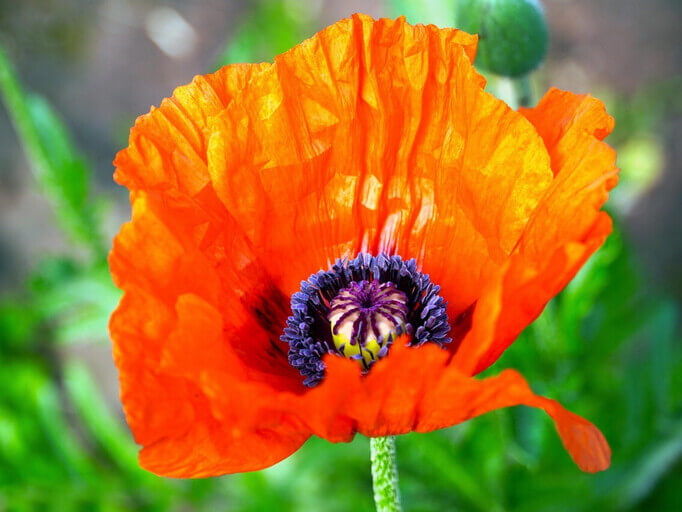
Orange frequently appears in natural settings, from the protective shells of crustaceans to the vibrant petals of poppies and marigolds. The breathtaking spectacle of a bright sunset, enveloping the sky with shades of orange pigment, perhaps embodies the color’s most potent natural allure. This omnipresence in nature highlights both the vitality and warmth orange represents, serving as a daily reminder of its captivating charm.
Ultimately, the color orange is more than just a hue on a palette. It is a symbol woven into cultural narratives and emotional frameworks, evoking richness, enthusiasm and vibrancy across multiple dimensions of life and art.
Orange in Interiors
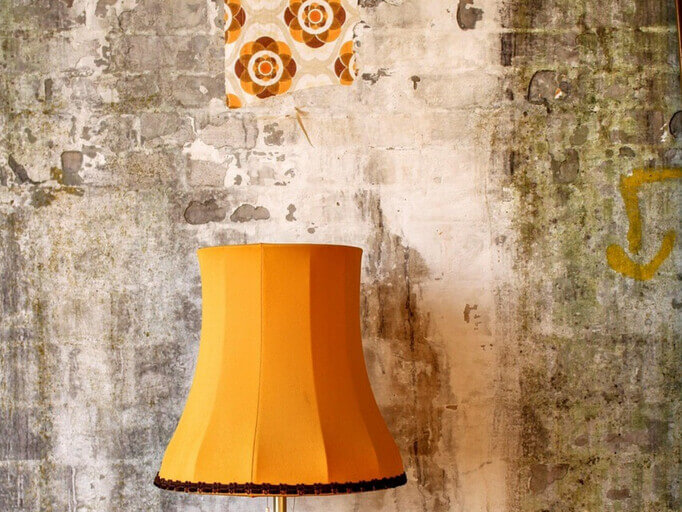
Why Choose Orange as an Accent in Your Interior?
When it comes to interior design, choosing the right accent color can transform a space, infusing it with personality and energy. An orange accent, with its lively and uplifting qualities, is a fantastic option for those looking to breathe life into their homes, living room ideas or workspaces. Here are a few reasons why orange makes a compelling choice for an accent color in interiors:
Injects Warmth and Energy
Orange is synonymous with warmth and energy. As an accent, it brings a cozy and inviting atmosphere to any room and living space. Whether it’s through cushions, throws, or even an accent wall or feature wall painted in a muted orange or a burnt orange, the flexible color of orange can transform cold or minimalist spaces into vibrant havens full of life.
Enhances Creativity and Communication
Known for its stimulating properties, orange is often linked to enhanced creativity and improved communication. This makes it particularly effective in areas where people gather, such as living rooms or creative workspaces, fostering an environment of collaboration and innovative thinking.
Strikes a Balance between Bold and Subtle
While orange is inherently bold, it is more subtle than red, allowing it to make a statement without overwhelming a space. It strikes a perfect balance that can make a room feel dynamic yet comfortable, especially when paired with neutral tones like grey, white or beige.
Complements Various Styles
Orange's versatility allows it to complement a wide range of interior styles. Whether you’re aiming for a mid-century modern look, a bohemian vibe, or a rustic charm, orange can adapt and enhance the existing aesthetic, often becoming the showpiece that ties a room together.
Seasonal Flexibility
The beauty of orange lies in its seasonal adaptability. It evokes the vibrancy of summer and the rustic charm of autumn, making it a color that feels right year-round. Simply updating accessories like rugs or artwork can keep your space feeling fresh and relevant across seasons.
Emotional Uplift
With its association to happiness and enthusiasm, orange can uplift spirits and bring a sense of joy into a room. This emotional boost can be especially beneficial in spaces where family and friends gather, fostering an atmosphere of warmth and conviviality.
In conclusion, incorporating orange as an accent in your interior design offers a wonderful opportunity to imbue spaces with warmth, creativity and a welcoming vibe. Whether you incorporate it subtly or boldly, the essence of orange can dramatically enhance your home decor.
The color orange finds a natural home in interior design, where its energetic and warm qualities can dramatically transform spaces. When used thoughtfully, orange can turn dull areas into vibrant and inviting havens. From soft peach tones that bring a hint of coziness to bold tangerine shades that energize a room, orange can cater to diverse aesthetic goals.
Orange, in its many forms, transcends the boundaries of mere color. It invigorates our spaces, brightens our wardrobes, nourishes our bodies, and enriches cultures with its symbolic resonance. Whether through the vibrant hues of design or the sweet taste of a ripe fruit, orange captures our imagination and spirit, inviting us to explore and celebrate its varied contributions to our world.















 Getting to Know Andaluchic
Getting to Know Andaluchic
 For The Love of Handmade!
For The Love of Handmade!
 Want to Go Green? Start with Handmade Goods!
Want to Go Green? Start with Handmade Goods!
 Andaluchic´s Best Unique Handmade Gift Ideas
Andaluchic´s Best Unique Handmade Gift Ideas
 The Power of Color
The Power of Color


